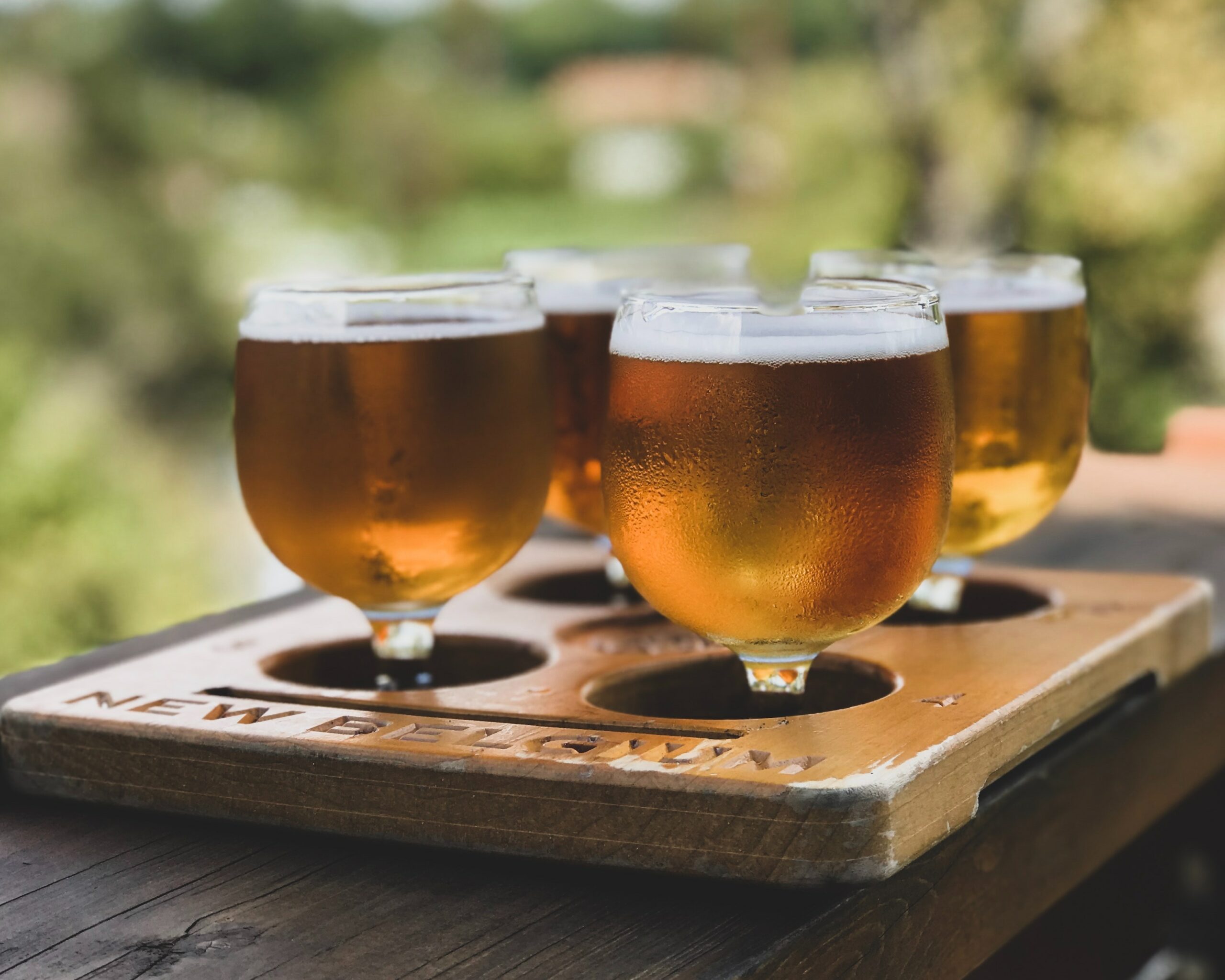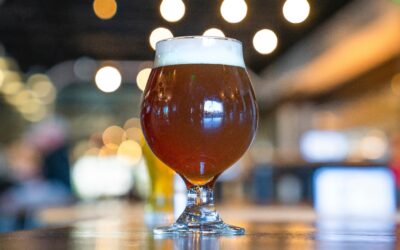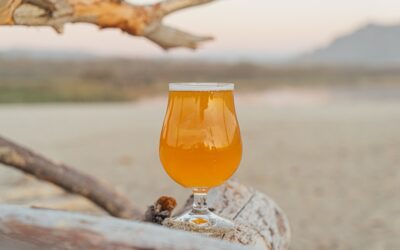To appreciate the Belgian way of appreciating a beer, it is essential to study Belgian café life at first hand, in particular the reverence with which some beers are sipped. With several of the country’s finest beers coming in at over 10% ABV, this is understandable.
EBCU workshop “Dutch Trappist Ale” on Youtube
Tripel (or Triple)
The name of this light golden, spicy-edged, malty, stronger style of ale (7.5-9.5% ABV) did not reach common usage until the 1930s. Unlike its older but smaller sibling Dubbel (Double), which has equivalents across much of Europe, Tripel is firmly Belgian in origin. The best are conditioned in the bottle, and even the most highly revered have their body thinned by the addition of sugar to the mash, with even 15% substitution of malt by sugar being absorbed without ill effects. The style is credited to Henri Verlinden, a lay brewer who assisted the Trappist monks of Westmalle over many years. He began introducing Pilsner malt into the production Westmalle’s strong ale, to create the first well-known beer of a new style.
Strong golden
Strong Golden ale usually sports an innocent-looking pale blond colour, but is highly attenuated, effervescent and subtly complex. The best examples feature floral hops and are bottle-conditioned. The strength (7.5-10.5% ABV) is often deceptive. The difference between beers in the Strong Golden and Tripel (Triple) styles extends to the habit of applying unholy names like Duvel (devil), Lucifer or Judas to the former and saintly or abbey-related names to the latter.
Strong dark (or Quadrupel)
The thumbprint of this impressive style (8.0-12.0% ABV) is huge complexity built of malty richness, dark fruit flavours, spicy edges but little obvious hopping. Despite their weight, the best of these can be dangerously drinkable. Brewers in Belgium have made strong dark ales for centuries but by 1980, the most celebrated were associated with the Trappist breweries of Chimay, Rochefort and Westvleteren. The term Quadrupel was taken from the brand name used by Koningshoeven abbey in the Netherlands for a beer first made in 1991 and now called La Trappe Quadrupel.




